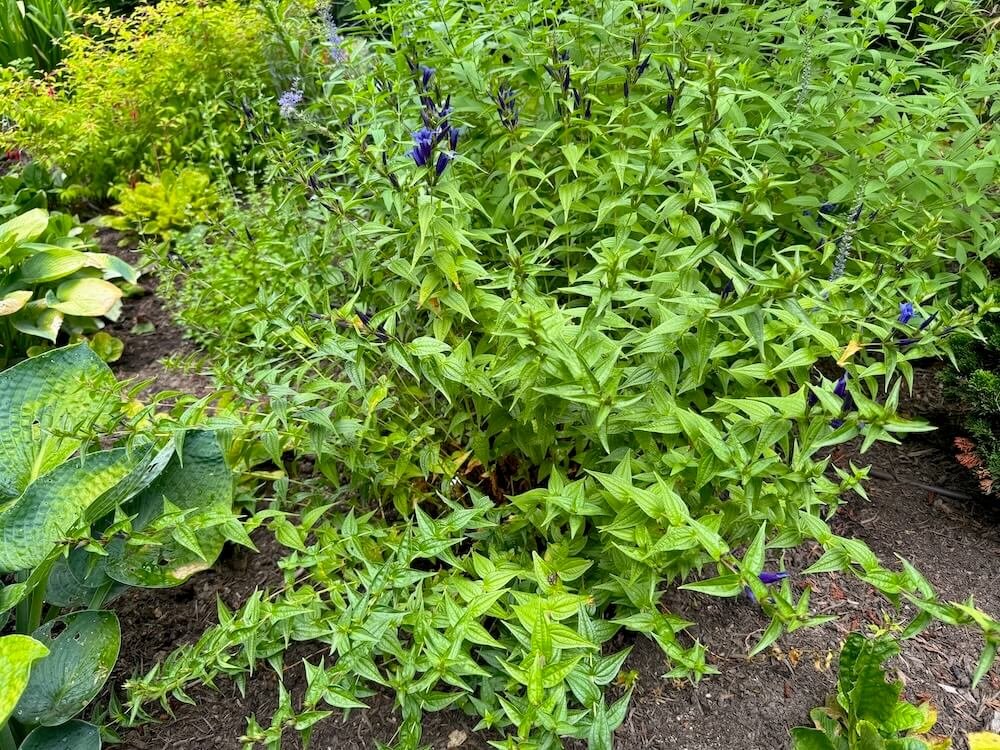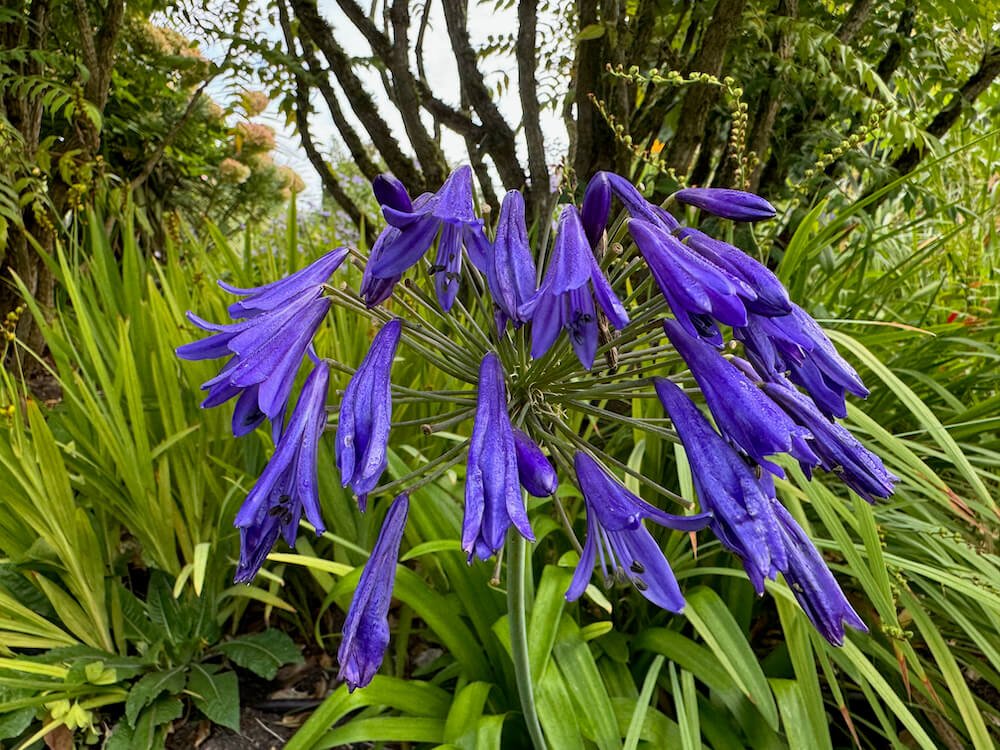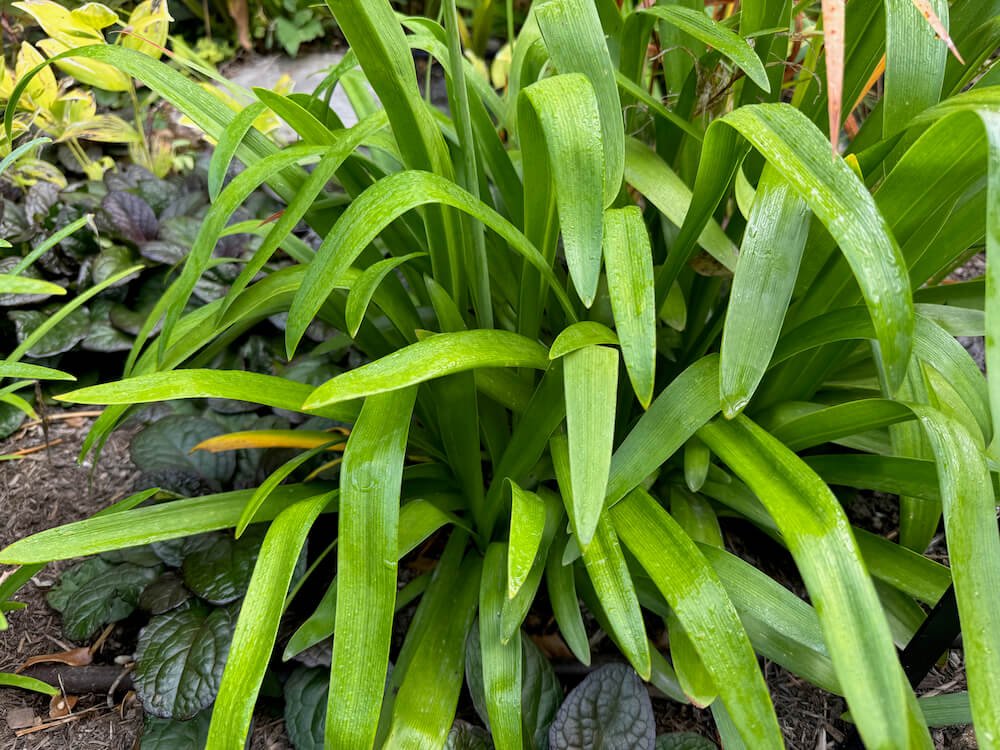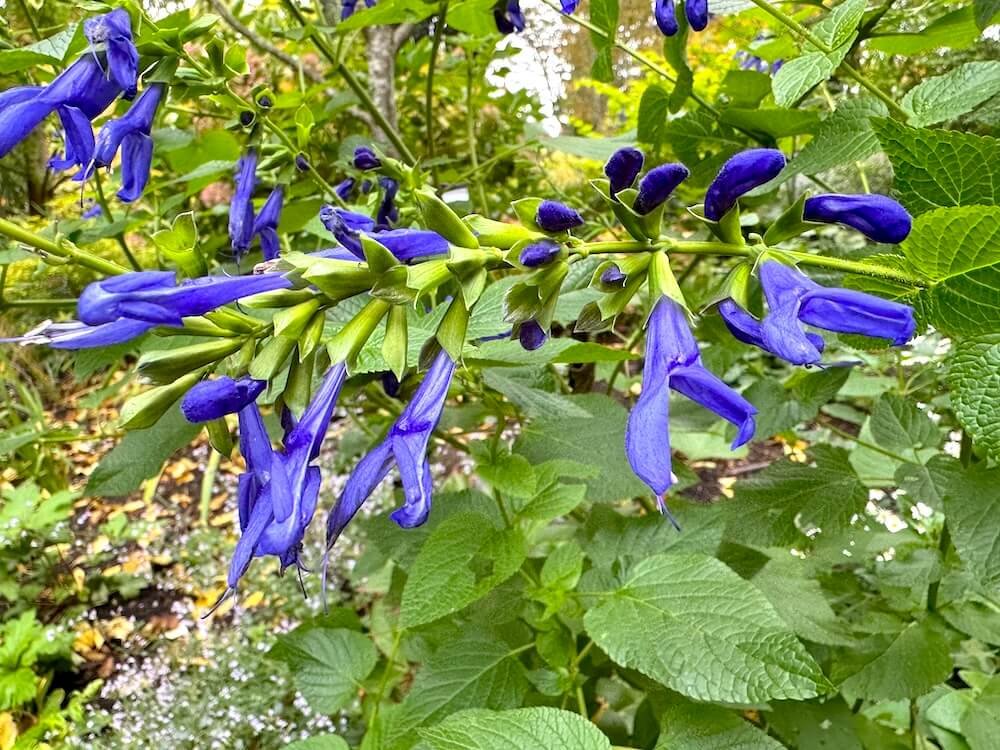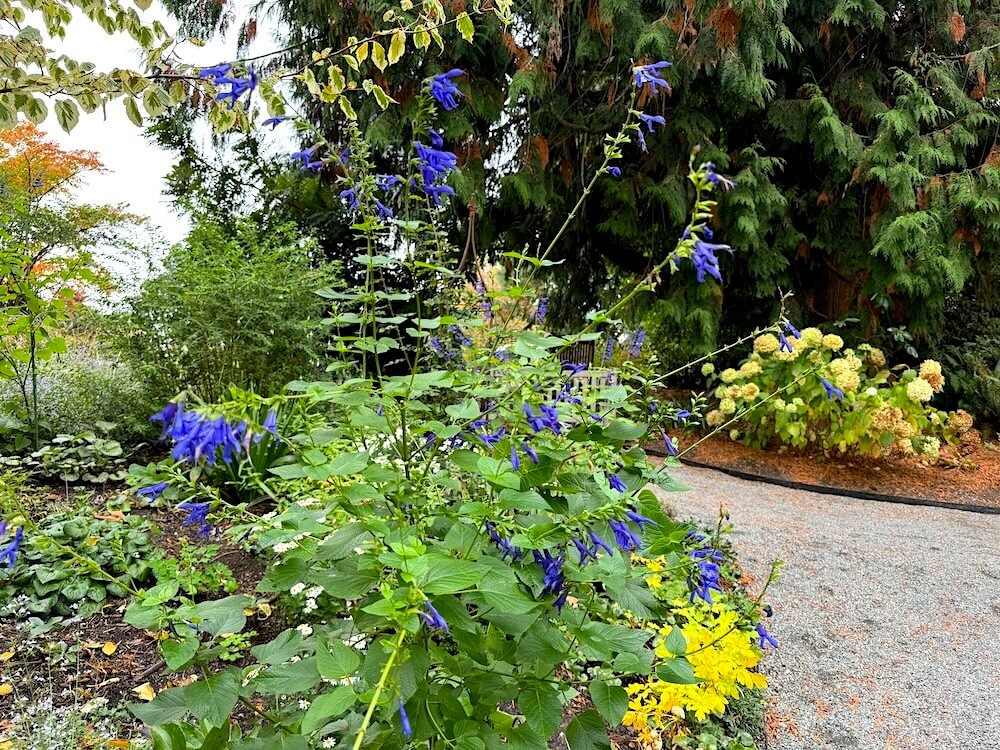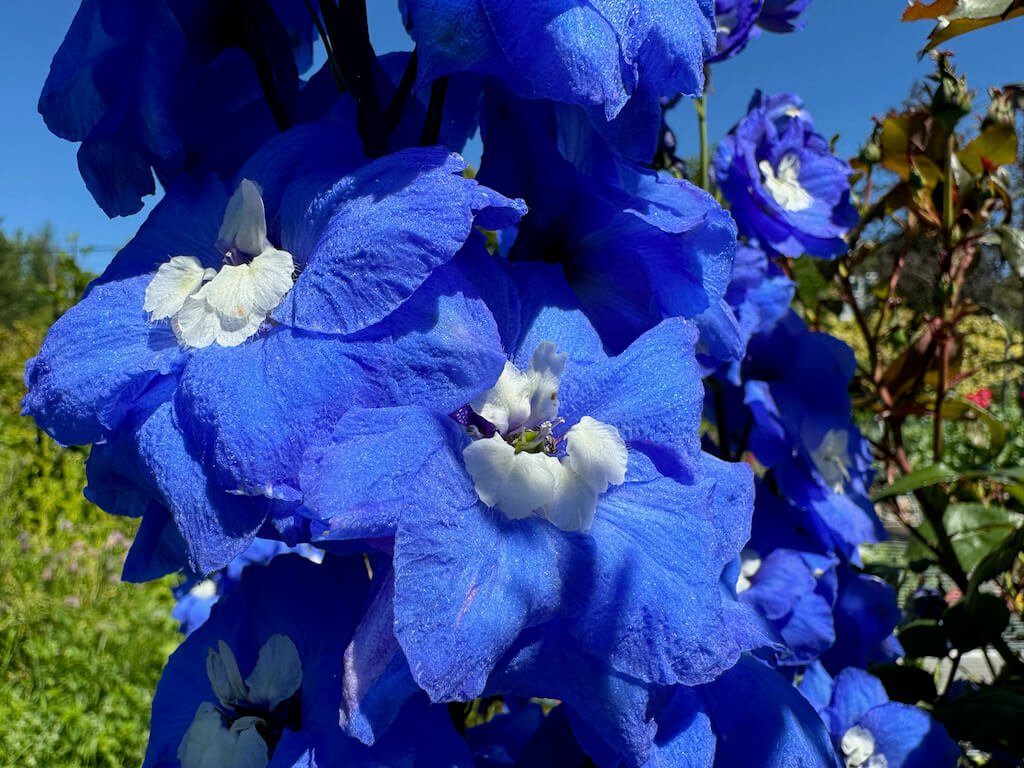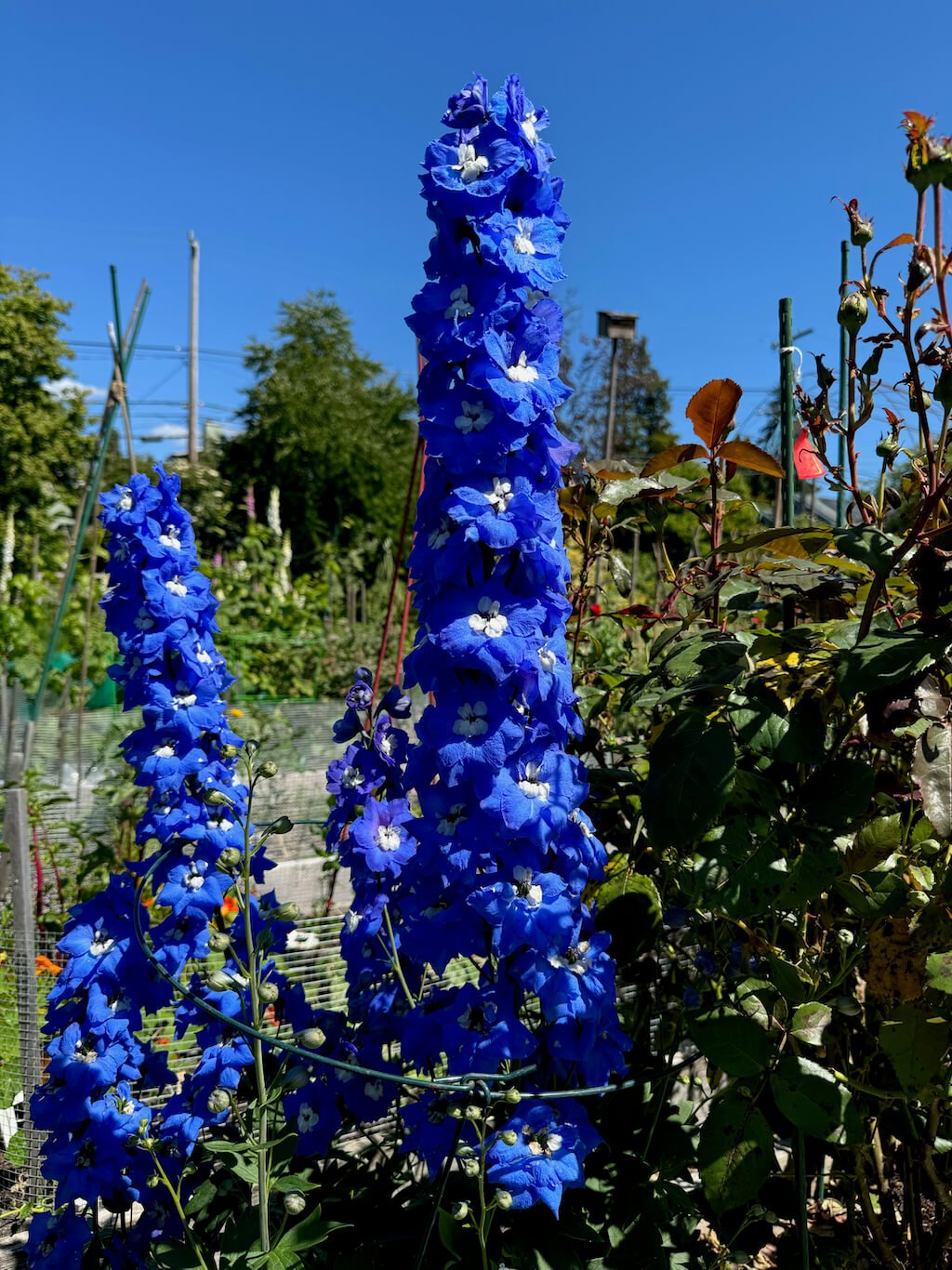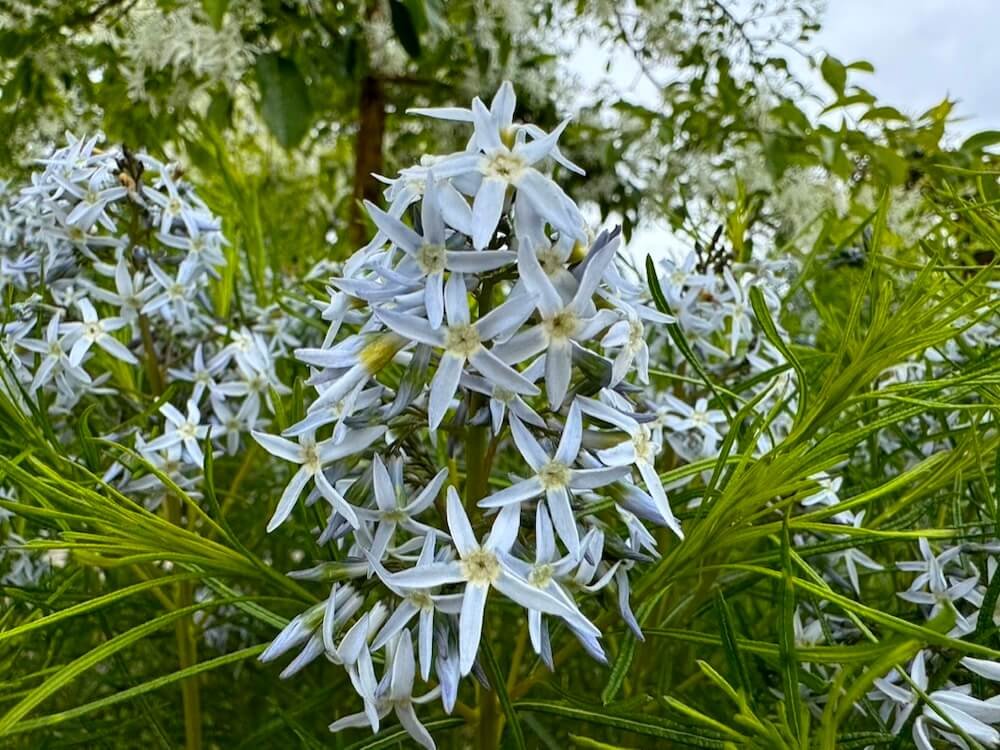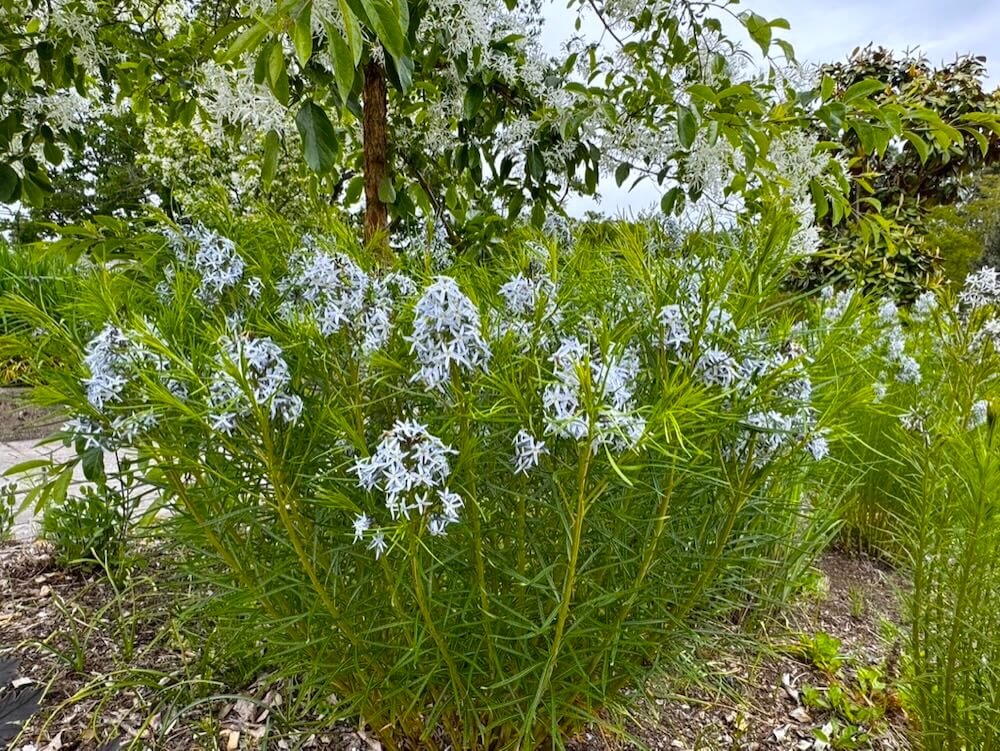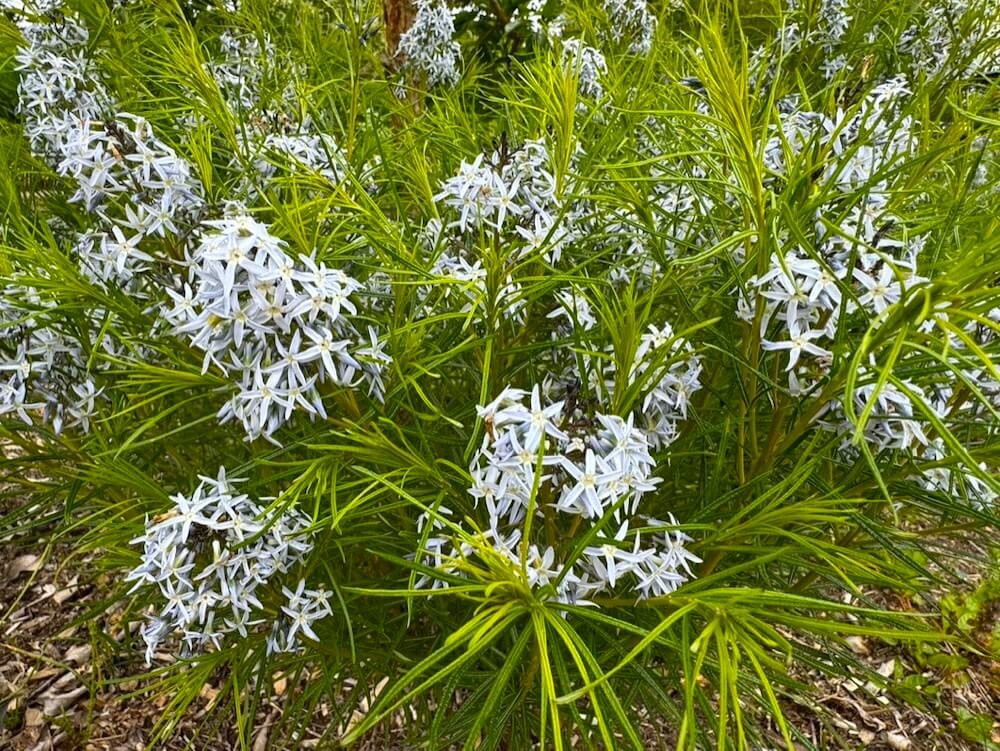 Image 1 of 4
Image 1 of 4

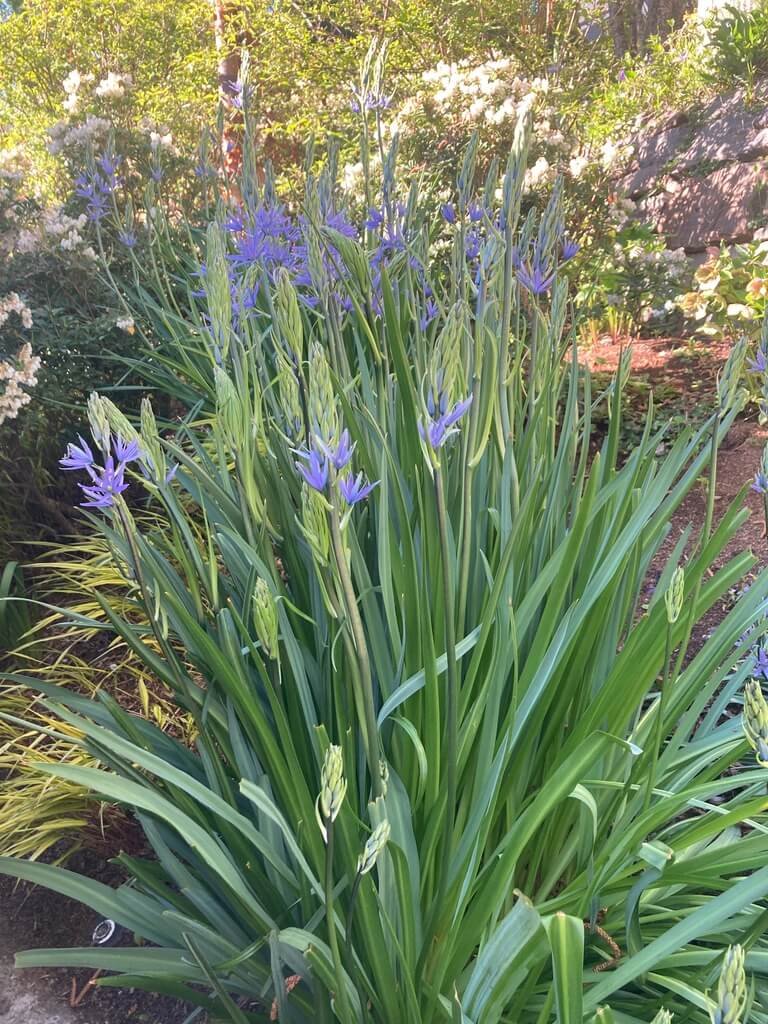 Image 2 of 4
Image 2 of 4

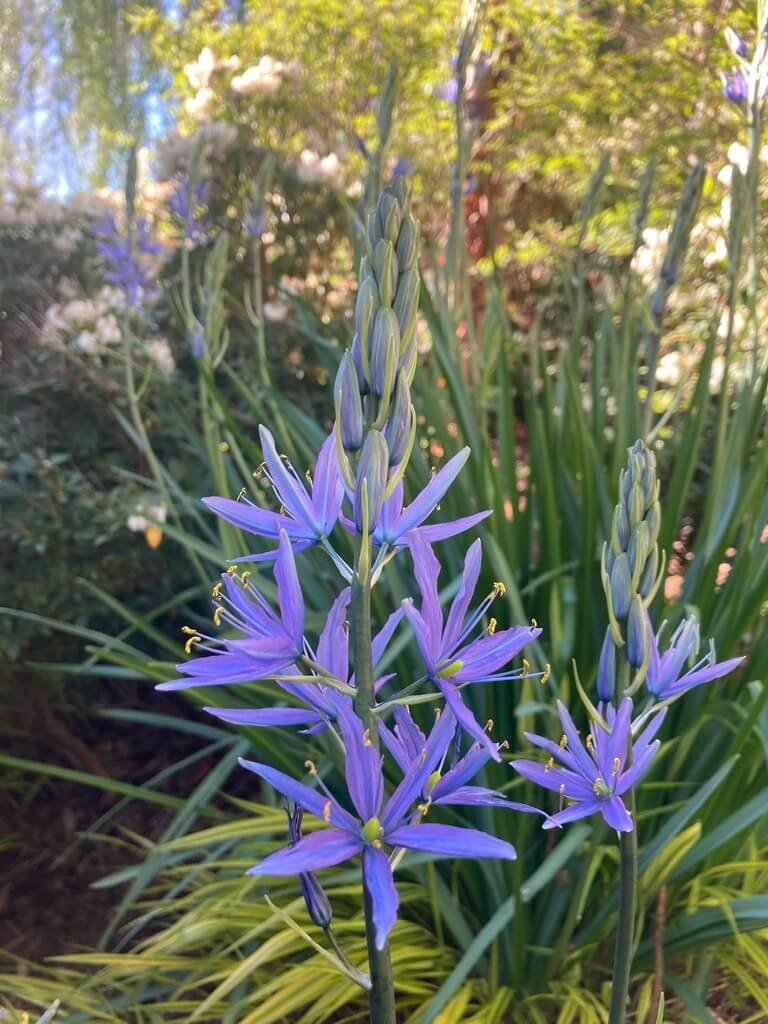 Image 3 of 4
Image 3 of 4

 Image 4 of 4
Image 4 of 4





Camassia quamash | Common Camas
DESCRIPTION
Camassia quamash is a perennial bulbous plant native to western North America, thriving in moist meadows, prairies, and along stream banks. Growing 1 to 2 feet tall and up to 1 foot wide, it features linear, grass-like basal leaves in deep green to bluish-green. In late spring to early summer, it produces stunning star-shaped flowers that range from pale to deep blue. Preferring full sun to part shade and moist, well-draining soil, Camassia quamash is low-maintenance, requiring minimal care beyond removing spent flower spikes. Valued for its beautiful blooms and historical significance as a food source for indigenous peoples, it makes a delightful addition to wildflower gardens, meadows, and naturalized areas.
DESCRIPTION
Camassia quamash is a perennial bulbous plant native to western North America, thriving in moist meadows, prairies, and along stream banks. Growing 1 to 2 feet tall and up to 1 foot wide, it features linear, grass-like basal leaves in deep green to bluish-green. In late spring to early summer, it produces stunning star-shaped flowers that range from pale to deep blue. Preferring full sun to part shade and moist, well-draining soil, Camassia quamash is low-maintenance, requiring minimal care beyond removing spent flower spikes. Valued for its beautiful blooms and historical significance as a food source for indigenous peoples, it makes a delightful addition to wildflower gardens, meadows, and naturalized areas.
DESCRIPTION
Camassia quamash is a perennial bulbous plant native to western North America, thriving in moist meadows, prairies, and along stream banks. Growing 1 to 2 feet tall and up to 1 foot wide, it features linear, grass-like basal leaves in deep green to bluish-green. In late spring to early summer, it produces stunning star-shaped flowers that range from pale to deep blue. Preferring full sun to part shade and moist, well-draining soil, Camassia quamash is low-maintenance, requiring minimal care beyond removing spent flower spikes. Valued for its beautiful blooms and historical significance as a food source for indigenous peoples, it makes a delightful addition to wildflower gardens, meadows, and naturalized areas.
-
Family: Asparagaceae
Height: 1 to 2 feet tall
Width: Clumps up to 1 foot wide
Foliage Color: Deep green to bluish-green
Flower Color: Pale to deep blue
Bloom Time: Late spring to early summer
Light Requirements: Full sun to part shade
Water Requirements: Prefers moist, well-draining soil
Maintenance: Low
Growing Zone: USDA zones 4 to 8
Wildlife Attractors: Flowers attract pollinators such as bees and butterflies


